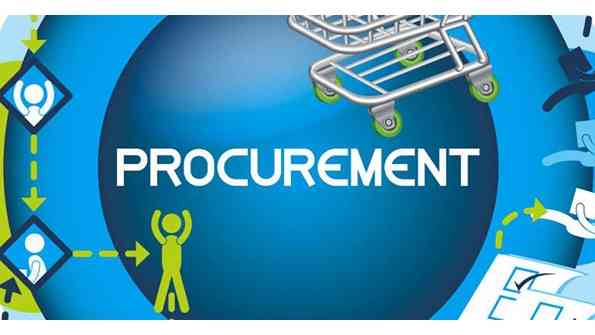
A JOB evaluation committee is selected to evaluate jobs within an organisation. Job evaluation is a systematic process used to assess and assign relative value to jobs within an organisation. The fact that jobs will be evaluated means someone will have to do it.
Our local research shows that most organisations prefer to use job evaluation committees when evaluating jobs. The larger the organisation, the more likely it will use an internal job evaluation committee. For smaller organisations, they often request a consultant to evaluate jobs.
When an organisation is introducing a new job evaluation system, they often prefer that a consultant chairs an internally trained job evaluation committee as part of the knowledge transfer process.
The advantage of using an internal job evaluation committee is that you will have internal skills to evaluate jobs as they change and come for reevaluation instead of relying on a consultant.
The other advantage is that it becomes a participative process as employees are likely to accept the outcome of the job evaluation. The disadvantage is that committee members may bring biases to the evaluation process.
My experience doing job evaluations over the past 20 years shows that when the internal committee is used, the evaluators tend to grade the incumbents instead of focusing on the job. Remember, the job evaluation process has nothing to do with the individual doing the job or the performance.
While we train people to do this process objectively, it's not easy to bring people to the level where the focus is on the job rather than the person doing it.
I have also noted that in organisations with high unionisation levels, employers prefer to have internal job evaluation committees.
- What is the role of a COO?
- Pay compression: What every manager needs to know
- Executive assistant job
- Job evaluation committees: How to make them effective
Keep Reading
The challenge, though, is that in such situations where you bring union members based on being union members instead of being a project team, the process tends to be more adversarial as the approach tends to take a more bargaining approach.
One of the challenges with the internal job evaluation emanates from members being selected.
Members must be appointed based on their ability to understand and grade jobs. In some instances, members are selected through voting, which is wrong.
When selecting and appointing job evaluation committee members, ensure that the committee covers a cross-section of the organisation by level and department. The Committee must be treated as a project team rather than a bargaining committee.
From the beginning, when appointed, members must be advised that the job evaluation committee is not a bargaining platform but a project team.
I have experienced situations where job evaluation committee members promise people they will stand up for them and push their job into higher grades.
If the job evaluation committee members have been selected properly and the committee has the right terms of reference, no particular individual can influence the grade of any particular job.
To make your job evaluation committee more effective, you need to have terms of reference for thecommittee. They tend to guide the committee's processes from start to finish when crafted well.
In grading jobs, various approaches can be used. One approach is a technical approach where each member evaluates the job and submits their scores for tabulation through the chairman.
The scores are aggregated using the mean or the median. Using the mean can be a challenge as the mean is more susceptible to outliers.
Should you decide to take this approach, use the median instead. Alternatively, you can use the mean but agree that outliers will be excluded from the calculations based on the size of the variation from the mean.
The other approach is to use the consensus approach. In this approach, each member evaluates the job individually. The Committee then discusses the evaluations by members until a 100% consensus is reached.
In this approach, those who are articulate and charismatic tend to influence the direction of the grading.
With this approach, members have to agree at every stage through consensus. Those with different views from the majority will often be asked to justify why the rest of the group should follow their view.
Some employers prefer a combination of the two approaches. My experience shows that it can work as long as the consensus approach is used to agree on broader issues as the Band of a particular job under the Patterson system.
The technical approach is the best as it allows the committee to assess the reliability of their results.
When the right procedure is followed in setting up the committee, and after the Committee has been trained, it should be easier to use the internal committee for evaluation.
Please take note of the weaknesses highlighted above and address them when running a job evaluation project.
- Nguwi is an occupational psychologist, data scientist, speaker and managing consultant at Industrial Psychology Consultants (Pvt) Ltd, a management and HR consulting firm. https://www.linkedin.com/in/memorynguwi/ Phone +263 24 248 1 946-48/ 2290 0276, cell number +263 772 356 361 or e-mail: [email protected] or visit ipcconsultants.com.











